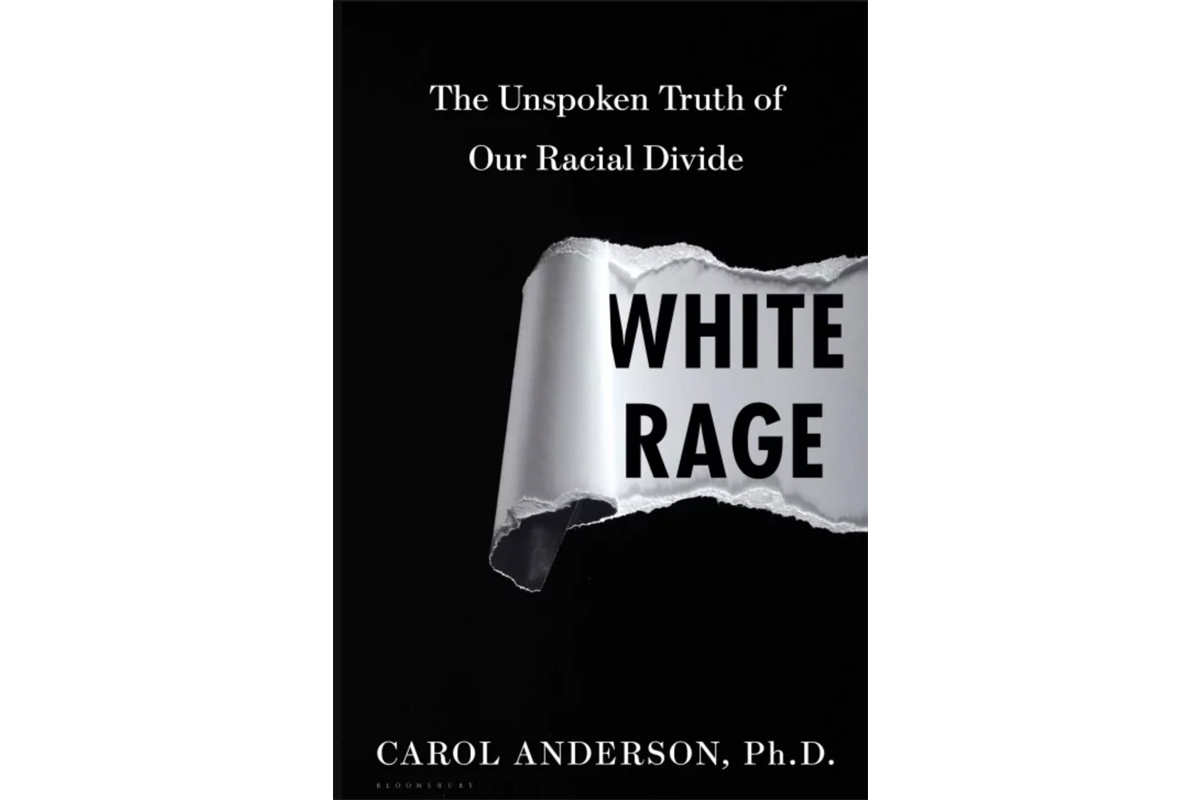‘White Rage’ Is a Seminal Book About the African-American Experience
Author Carol Anderson Argues That Nothing Triggers White Rage Like Black Advancement

White Rage: The Unspoken Truth of our Racial Divide, by Carol Anderson, the award-winning author and professor of African-American studies at Emory University, belongs in a place of honor on the shelf next to other seminal books about the African-American experience such as James Baldwin’s The Fire Next Time, Isabel Wilkerson’s The Warmth of Other Suns, and Michelle Alexander’s The New Jim Crow. From the initial promise of the Reconstruction era to the racial animus visible on the streets of American cities today, Anderson makes a compelling argument that nothing triggers white rage like black advancement, real or perceived.
We forget the ferocity of the violence and terrorism directed at newly liberated blacks in the defeated but hardly chastened Southern states. It wasn’t like a switch was flipped when the 13th Amendment to the Constitution outlawing chattel slavery was adopted. Many whites in the South continued believing that there was no law regarding black people that they had to respect. This unshakable animosity led to the notorious Black Codes that kept African Americans in a state of virtual slavery, followed by Jim Crow segregation; white and colored railcars, lodgings, drinking fountains, and restrooms; the so-called separate-but-equal arrangement that was anything but; and the landmark Brown v. Board of Education court decision.
Every gain achieved by African Americans was hard-won and immediately resisted, delayed by outright defiance by Southern states or legal foot dragging, or undermined by the Supreme Court of the United States.
Anderson makes crystal clear the folly of thinking that all these sordid machinations happened in some distant and hoary past that America has put behind her. While a black president occupied the White House in 2013, the Supreme Court undermined parts of the 1965 Voting Rights Act, paving the way for the states of the old Confederacy — and others such as Arizona and Ohio — to propose or adopt requirements to tighten access to polling places, require government-issued identification, and make voter registration drives more difficult. Voter disenfranchisement targeted against people of color remains alive in America.
What would this nation look like today, Anderson asks, if “Reconstruction had actually honored the citizenship of four million freed people — provided the education, political autonomy, and economic wherewithal warranted by their and their ancestors’ hundreds of years of free labor?” Answering this question honestly would take significantly more moral and political courage than is on display in America in 2017.



